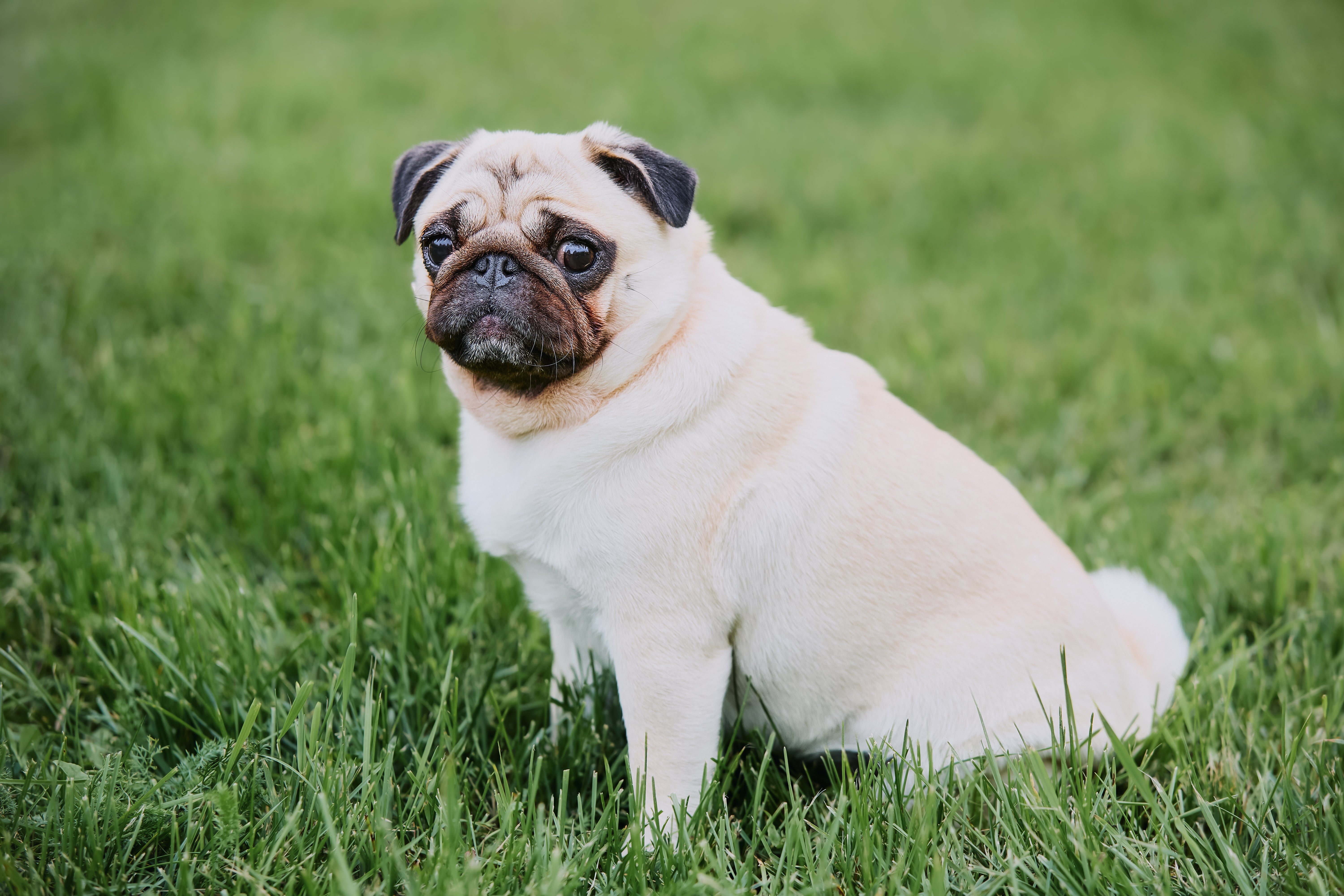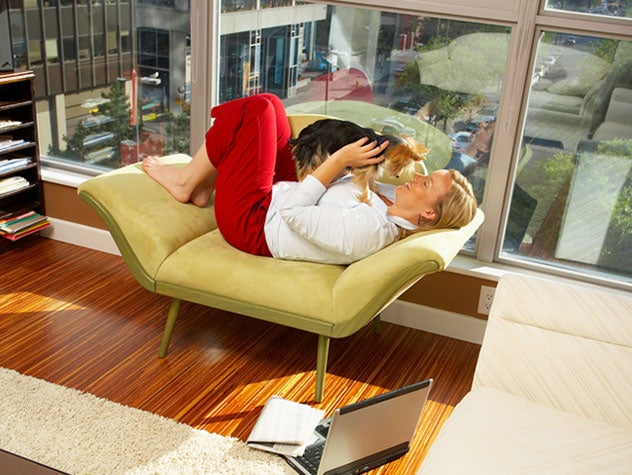Pug
Pugs are lovingly referred to as a "big dog in a small body." Their puppy-like enthusiasm knows no age, making them seem as though they’ve sipped from the Fountain of Youth. Expect a lifetime of playful antics, from zoomies that defy their size to a stubborn streak that's as endearing as it is challenging. Pugs crave companionship and will happily accompany you on any adventure, their wrinkled faces eager with anticipation.
While they may not be marathon runners, daily strolls and playtime are essential to their happiness. Just be prepared for the symphony of snores that might accompany your peaceful nights. Incredibly adaptable, Pugs are ideal for first-time owners. Their intelligence makes training a breeze, transforming them into well-mannered companions.
Breed characteristics carousel
Learn More
Need to Know
- Suitable for non-experienced owners
- Extra training required
- Enjoys active walks
- Small dog
- Some drool
- Requires frequent grooming
- Quiet dog
- Barks and alerts to visitors/anything unusual
- Gets along with other pets with training
- May need additional supervision to live with children
- Only needs a small yard
- Adaptable to city life
- AKC Registered Breed

Personality
Pugs offer a delightful mix of tranquility and mischief. They're the perfect cuddle buddy but also possess an entertaining silly streak. These devoted companions thrive on human interaction, so they are equally at home with family, strangers, and other pets, making them ideal for bustling households. They may experience separation anxiety if left alone for extended periods on end.
The exact origins of the Pug are unclear, but most experts believe they come from China. They were popular pets among Chinese royalty for a long time. From there, they traveled to Europe with traders, particularly finding a home in the Netherlands. Pugs came to England in the late 1600s when William and Mary became king and queen. They quickly became fashionable pets, especially among the royal family. At one point during her reign, Queen Victoria owned 36 of them! They first came to America in the mid-1800s where they’ve been beloved ever since.
While they're often a great choice for first-time owners, it’s important to remember that Pugs have big personalities packed into small bodies. They require a patient owner who can handle their strong-willed nature.
As a small shadow, pugs will get plenty of exercise simply following owners around. However, they love a good stroll around the block for a bit of extra stimulation. A word of caution: pugs should never be walked in extreme heat as they are prone to breathing difficulties.
Pugs can be city slickers; they are ideal for small space living that cities have in abundance, or they can do well in suburban areas.
The Pug’s’ coat is low maintenance, but their snout can be a bit more challenging. The wrinkles there should be examined and cleaned daily.
These pups are highly trainable, so they are perfect for those seeking an obedient, intelligent dog. They need to learn to walk on a leash and a good recall at a minimum, even though they’re not likely to wander far from their owners.
Because they're known for their friendly, playful, and affectionate nature, Pug dogs typically love children and enjoy being part of a busy household.
The cost of a Pug from a breeder is significantly more than the cost of adopting one from a local shelter or rescue. The adoption fee usually covers additional items such as spaying or neutering, vaccines, and microchipping.

Learn more about feeding and caring for your Pug on Purina.
Did You Know?
- As if they weren’t popular already, the movie Men in Black made Pugs even more famous.
- Germans call Pugs “Mops.”
- A group of Pugs is a grumble.


